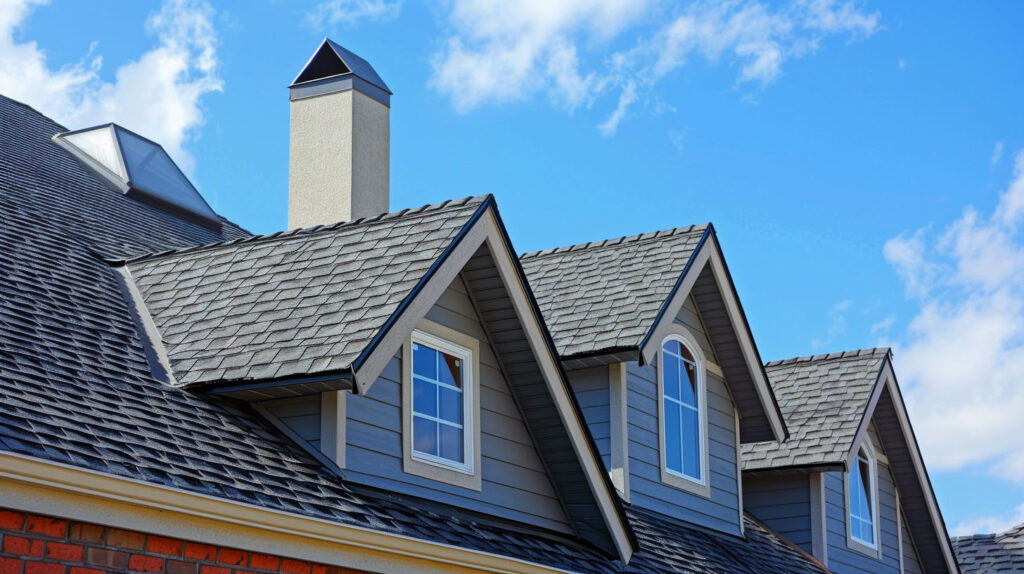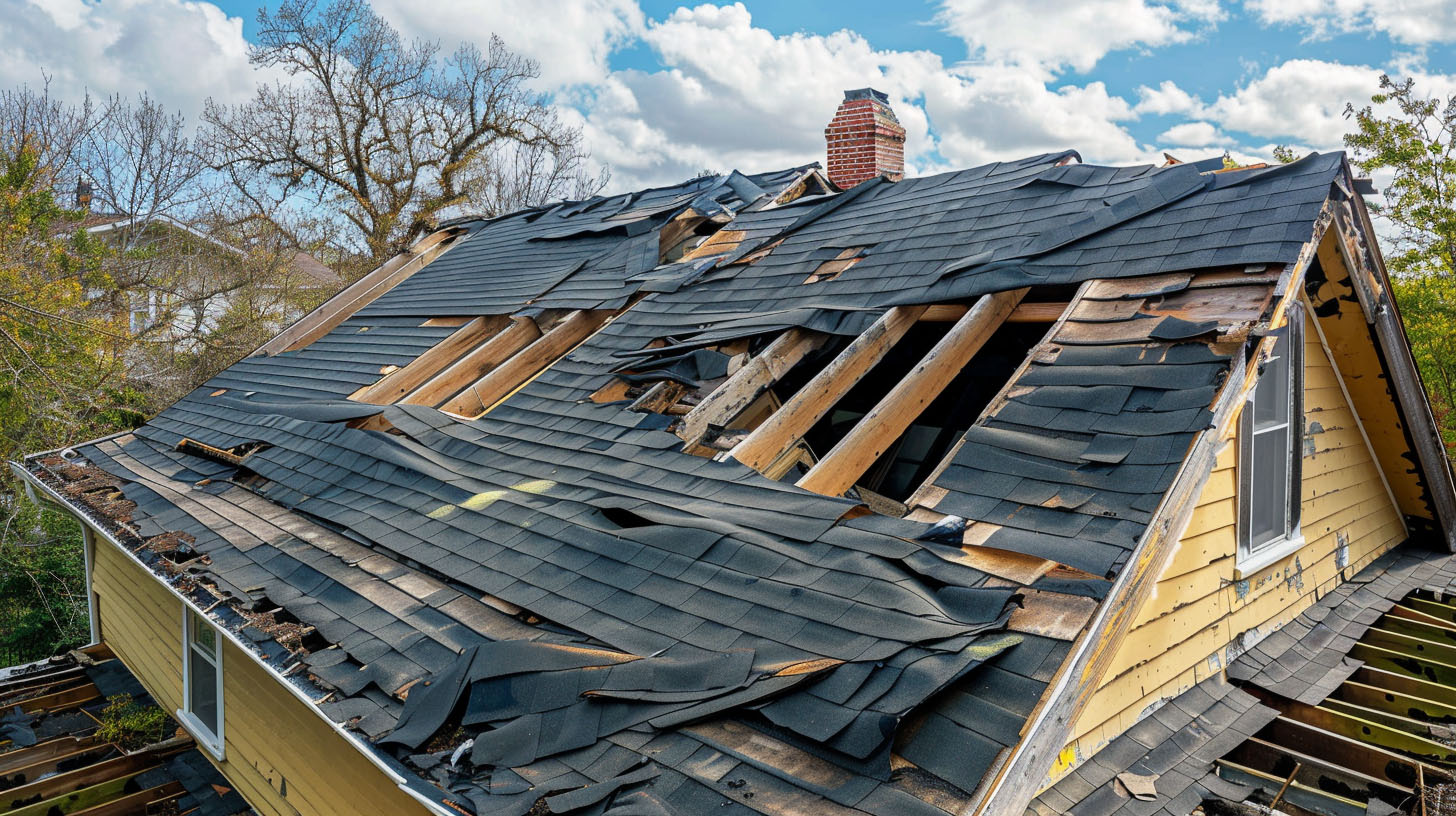How Wind Uplift Affects Roof Integrity
Your roof plays a critical role in protecting your home or business. One of the major challenges it faces is wind uplift, particularly during high events or extreme weather conditions. Wind uplift, caused by pressure differences, exerts an upward force that can compromise your roof’s integrity over time. At Specialist Roofing & Repair, we specialise in premium roofing solutions tailored to withstand harsh weather. With expert installation and routine inspections, you can safeguard your property and ensure lasting peace of mind.
When the roof’s integrity is affected, the results can range from minor wear to severe structural issues. Recognizing how forces interact with your roof helps property owners take preventive steps. By choosing durable materials and professional installation, you reduce the risks posed by high winds and maintain a strong roofing system in Burbank, CA.
What Is Wind Uplift?
Wind uplift refers to the aerodynamic forces that act on a roof during high winds. This phenomenon can lead to an upward pressure on roofing materials, potentially causing them to detach or fail if not properly secured.
How Wind Uplift Compromises Roof Structures
The upward forces generated by wind can significantly compromise the structural integrity of roofs. High winds create areas of low pressure on roof surfaces, leading to potential wind uplift damage. As the pressure difference increases, roofing panels may become dislodged, exposing the underlying structure. This not only risks immediate structural damage but can also result in long-term issues such as water damage and insurance claims for property owners. Regular inspections and adherence to local building codes can mitigate these risks effectively.

Key Factors That Influence Wind Uplift in Burbank, CA
The extent of wind uplift damage depends heavily on local weather patterns and the type of roofing system installed. In Burbank, CA, high winds and seasonal storms pose unique challenges for roofing systems.
Each roof material varies in resistance, and adhering to local wind load requirements plays a critical role in minimizing risks. At Specialist Roofing & Repair, we understand these region-specific factors and offer tailored solutions to combat wind uplift effectively. Let’s explore how weather patterns and roofing materials influence the outcome.
Local Weather Patterns and High Wind Events
Weather in Burbank, CA, often includes extreme fluctuations that contribute significantly to wind uplift risks. High wind events, influenced by local weather patterns, create areas of low pressure, resulting in powerful upward forces on roofs. Strong winds can exceed the wind load requirements set by local building codes, increasing the likelihood of structural damage. Property owners should be aware of these conditions, ensuring that their roofing systems are equipped with materials designed for optimal wind uplift resistance to maintain the roof’s integrity.
Roofing Materials and Installation Methods
The choice of roofing materials significantly impacts a roof’s wind resistance. High-quality options, such as metal roofing, offer enhanced wind uplift resistance, effectively countering the uplift forces exerted during storms. Moreover, installation methods play a crucial role in addressing load requirements; proper fastening techniques and adherence to local building codes are essential. Ensuring the roof’s design accommodates pressure differences created by strong winds can mitigate the risk of structural damage, helping property owners maintain their roof’s integrity amidst extreme weather conditions.
Common Signs of Wind Uplift Damage
Water leaks are another indicator, often appearing inside the house as stains or dripping. Recognizing these signs quickly prevents major structural issues. Routine inspections are one of the best practices to catch wind uplift damage before it leads to costly repairs.
Loose or Missing Shingles
Loose or missing shingles are a direct consequence of uplift, significantly compromising a roof’s integrity. These deteriorations often manifest as the uplift forces created by high winds exert pressure on roofing components, resulting in structural vulnerabilities. Regular inspections are crucial in identifying these issues early, as the absence of shingles exposes underlying structures to harsh weather conditions. Property owners should prioritize routine maintenance to reinforce their roof’s wind resistance and mitigate severe damage from extreme weather events.

Water Leaks and Interior Signs
Water leaks often follow wind uplift damage, compromising the interior of your home or business. These signs aren’t always obvious at first but can escalate quickly.
Look for the following:
- Discolored wall and ceiling stains.
- Moisture pooling near windows or vents.
- Bubbling paint caused by hidden water damage.
- Sudden increases in humidity.
Not addressing water damage promptly can affect your insurance claims. Regular inspections are key to spotting leaks early. Our roofing specialists can resolve these issues before worsen.
Protecting Your Roof from Wind Uplift
Preventive measures can significantly reduce the impact of wind uplift on your roof. Choosing materials with high wind resistance ratings offers greater security.
Partnering with experienced professionals ensures your roofing system meets local load requirements and stays prepared for extreme weather. Comprehensive best practices, including regular inspections, provide the peace of mind every property owner needs when storms roll in.
Choosing the Right Roofing Materials
Selecting suitable roofing materials is crucial in enhancing a roof’s integrity against wind uplift. Brands like Owens Corning and GAF offer products designed for high wind resistance, ensuring a robust roofing system tailored to extreme weather conditions. Polyglass and CertainTeed provide advanced options with excellent wind load ratings, further reducing the risk of damage. Collaborating with ASC can guide property owners in choosing the best materials, aligning with local building codes and best practices for optimal performance and long-term peace of mind.
Importance of Professional Installation and Regular Maintenance
Professional installation ensures every roofing component adheres to local building codes and best practices. Proper installation enhances the roof’s ability to withstand uplift forces during high winds.
Routine maintenance is equally vital. Regular inspections help identify loose shingles, flashing issues, and other vulnerabilities before become major problems. Timely adjustments maintain the roof’s wind resistance and durability.
Specialist Roofing & Repair in Burbank, CA offers reliable services designed to optimise your roof’s performance while adhering to local building codes.

Get in Touch
The effects of wind uplift on roof integrity are undeniable, particularly in regions susceptible to high winds. Property owners must prioritize understanding the risk factors and implementing best practices to enhance their roof’s resistance. By choosing appropriate roofing materials and ensuring professional installation, you can fortify your home against extreme weather. Regular inspections and maintenance play a crucial role in preserving the structure. Taking these proactive measures not only safeguards your property but also provides peace of mind against insurance claims related to damage.
Frequently Asked Questions
At what wind speed do roofs get damaged?
Damage usually begins at high wind speeds ranging from 60 to 130 mph, depending on the type of roof and material used. Larger square-foot roofs can be more susceptible to uplift forces. Regular maintenance helps minimize the risk of wind damage.
What is wind uplift on a roof?
Wind uplift refers to pressure differences that create upward forces on your roofing system during high winds. These forces can cause effects like loose shingles and compromised roofing structures if the uplift forces exceed material resistance thresholds.
Read our blog: The Role of Drip Edge in Roof Longevity



